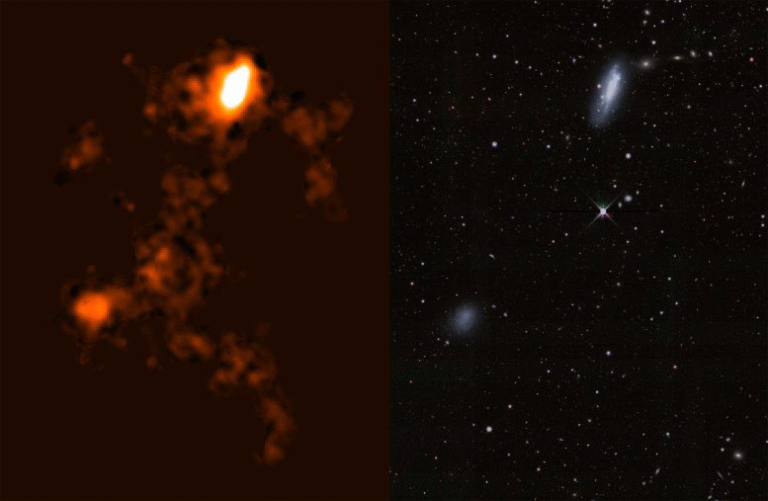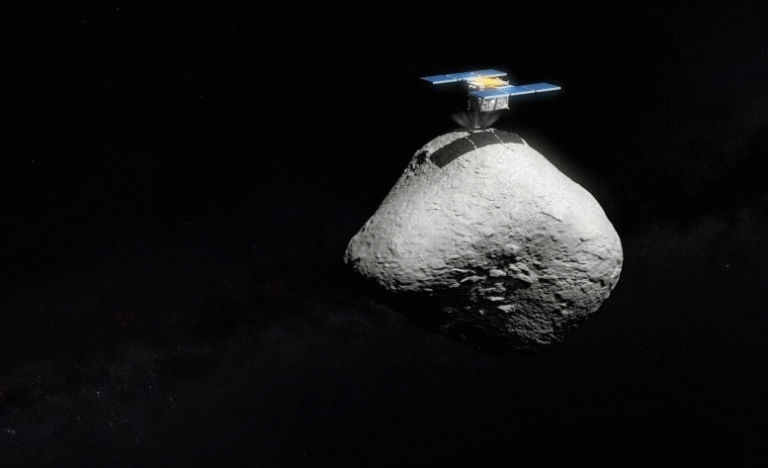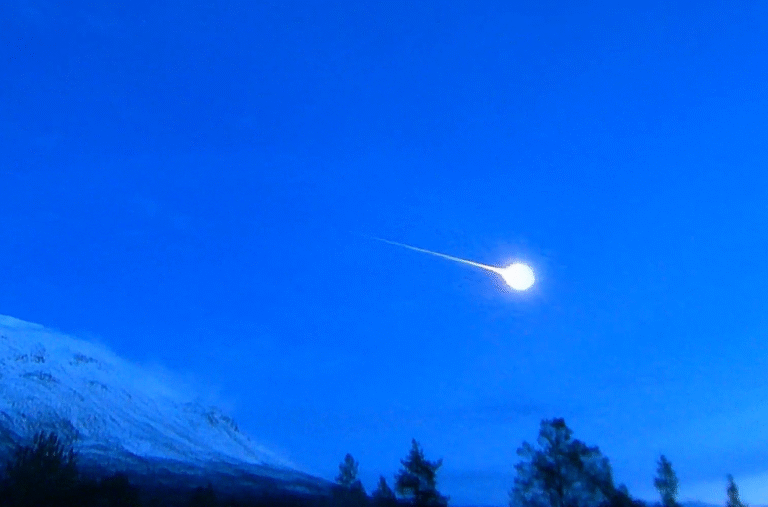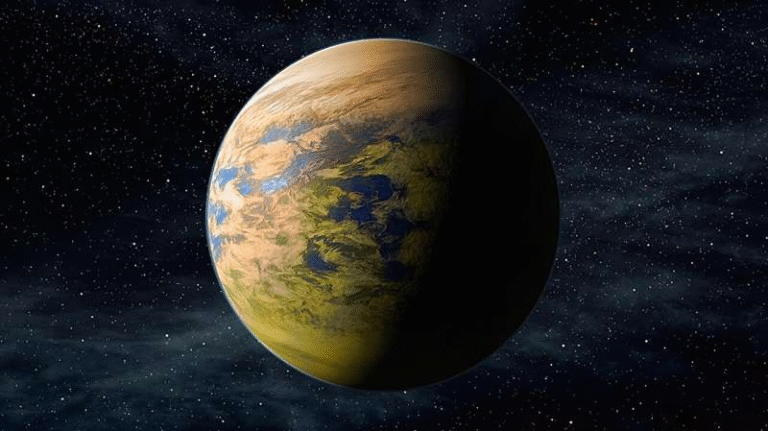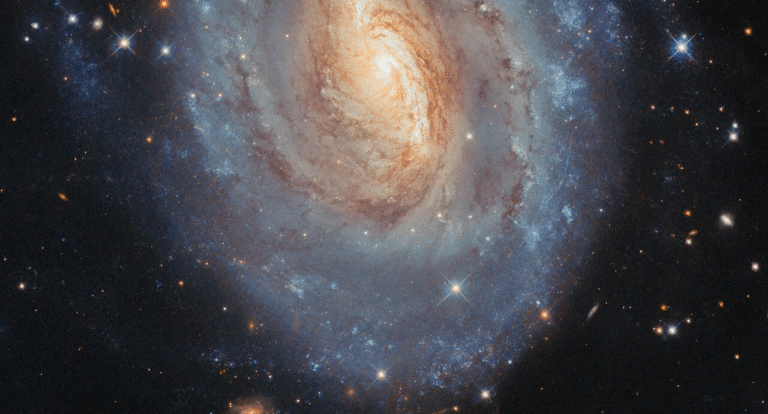Asteroid 2025 TF Just Missed Earth — Flying Closer Than the International Space Station!

In an astonishingly close cosmic encounter, a tiny asteroid named 2025 TF whizzed past Earth on October 1, 2025, passing just 266 miles (428 kilometers) above the planet’s surface — roughly the same height at which the International Space Station (ISS) orbits. What’s even more surprising? Astronomers only discovered it after it was already gone.
This remarkable event is now officially among the closest non-impacting asteroid flybys ever recorded, second only to asteroid 2020 VT4, which came even closer in 2020. Despite the hair-raising proximity, scientists confirm there was no threat to Earth — the rock was too small to cause any damage even if it had entered the atmosphere. Still, its stealthy approach has sparked serious discussion about our ability to spot small near-Earth objects (NEOs) in time.
The Moment of Closest Approach
According to detailed tracking by the European Space Agency (ESA) and supporting observatories, asteroid 2025 TF made its nearest pass over Antarctica at 00:47:26 UTC ± 18 seconds on October 1. Its altitude at the time — 428 ± 7 kilometers (266 ± 4 miles) — placed it squarely within the operational range of low-Earth orbit satellites and human-made spacecraft like the ISS, which usually circle Earth between 370 and 460 kilometers high.
The flyby’s precision timing and distance were later confirmed through observations by ESA’s Planetary Defence Office and the Las Cumbres Observatory in Australia. Detecting and confirming such a small, fast-moving object within hours of its closest pass requires exceptional accuracy — and ESA’s successful follow-up helped lock down the numbers to a remarkable degree of confidence.
A Small but Speedy Visitor
At just 1 to 3 meters (roughly 3 to 10 feet) in diameter, 2025 TF is smaller than a compact car. Space rocks of this scale enter Earth’s atmosphere a few times each year, but most of them burn up harmlessly, creating bright fireballs and occasionally dropping small meteorites.
If 2025 TF had actually plunged into the atmosphere, it likely would have disintegrated before reaching the ground — but not before putting on a spectacular sky show visible for hundreds of miles. Because it was so small, astronomers classify it as non-hazardous — far too tiny to cause real harm.
Still, its astonishingly close flyby makes it a valuable case study for scientists studying planetary defense, impact risks, and detection system reliability.
Discovered Too Late
Perhaps the most intriguing part of this story is how late the asteroid was discovered. 2025 TF was detected by the Catalina Sky Survey (CSS) only hours after it had already passed by. That means the rock had zipped past our planet entirely unnoticed — a reminder that even in 2025, small asteroids can still sneak up on us.
The Catalina Sky Survey, based in Arizona, is one of several observatories scanning the skies nightly for near-Earth objects. Their telescopes are sensitive enough to catch faint moving points of light, but smaller asteroids are notoriously difficult to detect until they’re practically on top of us.
After the Catalina team spotted the object, the ESA Planetary Defence Office and Las Cumbres Observatory jumped in quickly to confirm its orbit. Their telescopic tracking allowed astronomers to calculate its closest approach time, trajectory, and distance with remarkable precision — crucial data for understanding such close encounters.
Orbital Details of 2025 TF
According to the Minor Planet Center and NASA’s Jet Propulsion Laboratory (JPL), the asteroid’s orbit is well-defined despite its short observation window (just 20.8 hours of tracking data).
Key orbital characteristics include:
- Aphelion (farthest point from the Sun): ~ 2.559 AU
- Perihelion (closest point to the Sun): ~ 0.676 AU
- Semi-major axis: ~ 1.618 AU
- Eccentricity: ~ 0.5820 (meaning it has an elongated orbit)
- Orbital period: ~ 2.06 years (about 751 days)
- Inclination: ~ 9.1 degrees relative to Earth’s orbital plane
- Minimum Orbit Intersection Distance (MOID): 6.05 × 10⁻⁵ AU (that’s only ~ 9,000 kilometers — incredibly close by astronomical standards)
The asteroid belongs to a class of Apollo-type NEOs, which means its orbit crosses Earth’s path as it loops around the Sun. While there’s no danger of impact in the near future, the brief but close encounter provided invaluable data about how these objects move and how we can detect them faster next time.
How Close Is “Close”?
To grasp how extreme this event was, consider this:
- The ISS orbits Earth at roughly 420 kilometers (260 miles) altitude.
- 2025 TF passed at 428 kilometers (266 miles) — just a few miles higher.
- The Kármán line, generally considered the edge of space, begins at 100 kilometers (62 miles).
That means the asteroid essentially skimmed the very outer edge of Earth’s “space bubble.” It passed below most satellites, many of which orbit at 600 to 36,000 kilometers above Earth, but still above the ISS — so close that, in theory, astronauts could have “looked up” and been almost level with it.
This makes 2025 TF’s flyby the second-closest recorded non-impacting asteroid encounter in human history, surpassed only by 2020 VT4, which came within about 380 kilometers (236 miles) of Earth in 2020.
Why Astronomers Care About Tiny Visitors
Even though small asteroids like this don’t pose any threat, they’re incredibly useful for testing detection systems and refining orbit-prediction methods. The ability to catch, track, and analyze such fast, faint objects tells scientists a lot about how well our planetary defense networks are working.
Objects of this size usually go unnoticed unless they happen to pass very close or enter the atmosphere. Detecting one post-flyby gives astronomers valuable information on the sensitivity limits of telescopes and radar systems.
More importantly, it reminds the world that Earth’s early-warning systems for small asteroids are far from perfect. Even with dozens of survey telescopes worldwide, some space rocks simply slip through undetected — mainly because they are small, dark, and come from sunward directions that telescopes can’t monitor effectively.
What Happens If Such a Rock Hits Earth?
If 2025 TF had entered Earth’s atmosphere, the result would have been spectacular but harmless.
An asteroid that’s a few meters wide typically releases energy equivalent to a few hundred tons of TNT upon atmospheric entry — enough to create a brilliant meteor but nowhere near catastrophic. It would likely explode in the upper atmosphere, producing a fireball known as a bolide.
On rare occasions, fragments survive and fall to the ground as meteorites, providing scientists with direct samples of primitive solar system material.
For perspective:
- The Chelyabinsk meteor in 2013 was about 20 meters wide — nearly ten times larger than 2025 TF — and caused shockwaves that shattered windows and injured over 1,000 people in Russia.
- A 1–3 meter asteroid, by comparison, would produce a bright light and a sonic boom at most, with no real damage expected.
Lessons for Planetary Defense
Events like this are wake-up calls — not because we were in danger, but because they show how close calls can happen undetected.
Space agencies like NASA and ESA have multiple projects underway to improve detection and response times. Programs such as NEO Surveyor (a space telescope under development by NASA) aim to spot smaller asteroids that ground-based telescopes might miss, especially those approaching from sunlit directions.
The ESA’s Flyeye Telescope, currently being built in Italy, will soon scan the entire sky nightly for moving objects, with the goal of catching asteroids tens of meters wide days before they approach Earth.
By comparing detections like 2025 TF to historical data, scientists can refine orbital models, improve predictive algorithms, and better understand how often Earth experiences ultra-close flybys.
Putting It Into Perspective
Although “asteroid nearly hits Earth” sounds dramatic, space is unimaginably vast. For a rock just a few meters wide to thread through the orbital highway of satellites and space stations without hitting anything is both luck and a testament to just how much empty space surrounds us.
Still, astronomers emphasize that every detection counts. Each close pass teaches researchers about detection blind spots, atmospheric entry physics, and orbital dynamics. Every observation helps ensure that when a larger, potentially hazardous asteroid comes along, we’ll see it coming well in advance.
A Reminder From the Cosmos
Asteroid 2025 TF’s near-miss is one of those fascinating cosmic moments that remind us how dynamic — and occasionally unpredictable — our solar neighborhood really is. A rock just a few meters wide came closer than many satellites, completely unnoticed until it was already on its way out.
It caused no harm, but it gave scientists a golden opportunity to test their detection systems and refine their understanding of how small asteroids move. In the grand scheme of things, this event shows that while we’re getting better at watching the skies, there’s still plenty of room for improvement.
After all, Earth lives in a cosmic shooting gallery — and even the tiniest pebble from space can keep us on our toes.
Research Reference:
ESA: Asteroid 2025 TF makes exceptionally close pass over Antarctica (esa.int)
